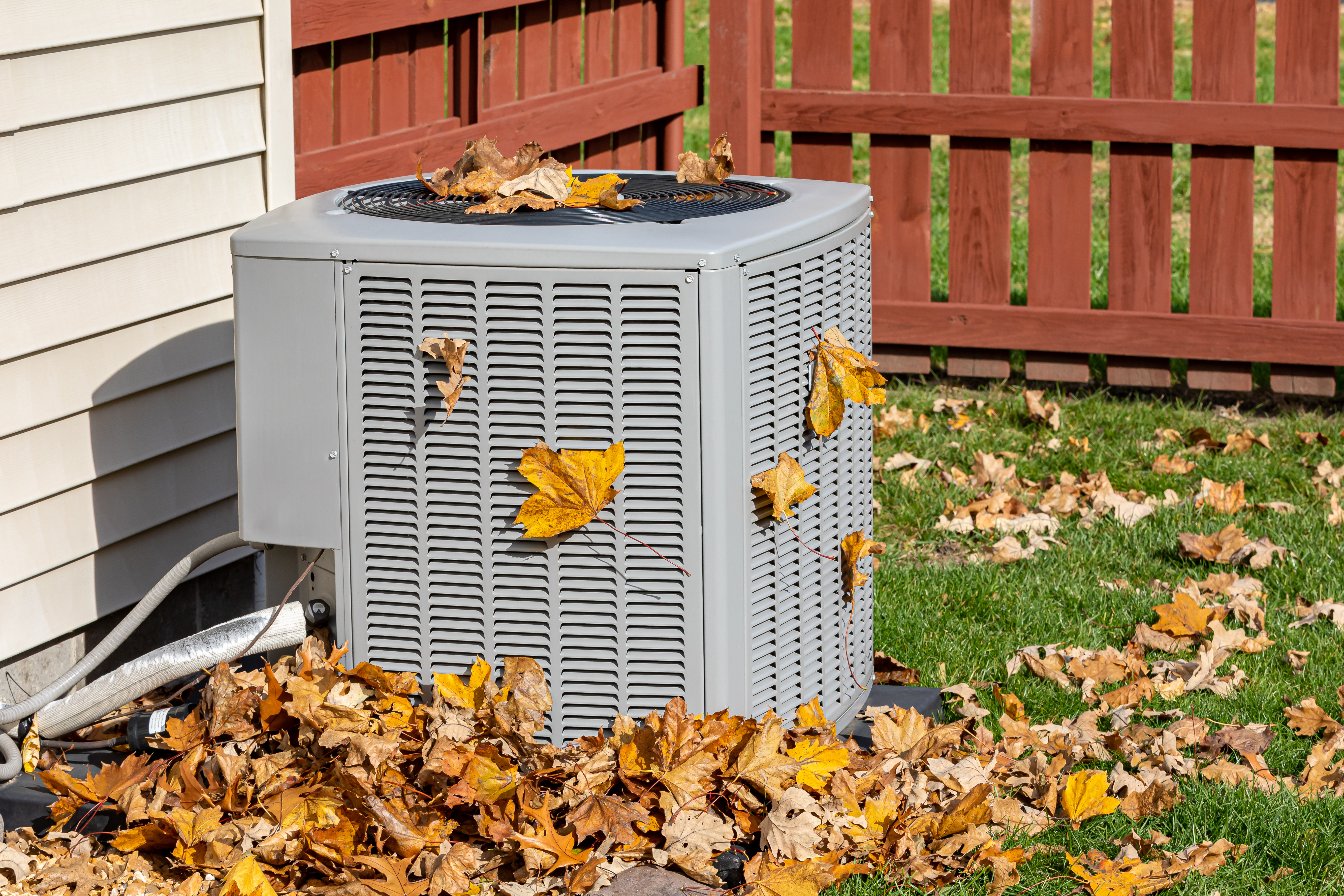Fall is in the air and with cooler weather approaching you might be ready to give your AC unit a break. But did you know that fall is the best time to assess your air conditioning (AC) for any needed repairs or updates? Not only do cooler temperatures allow you to take your time inspecting the unit without needing to use it, but you also save time and money since the demand for HVAC service is lower outside the summer months.
A proper assessment requires special skills, so it’s best to hire a professional such as Covenant Heating & Air Conditioning. A professional assessment will allow you to determine whether to update or install a new system and ensure the job is done safely and correctly. It will also ensure you select the best AC for your specific situation, outline the cost of installation, and find the best location for your AC.
If your AC unit is getting old, or if you noticed issues during the summer heat, use this fall as an opportunity to educate yourself and connect with experts to determine your home’s AC needs.
Why Central Air instead of a Window Unit?
The number of homes with window AC units has shrunk, primarily due to being noisy and obtrusive and having limited efficiency and cooling capacity. The other downside of window AC units is the twice-yearly struggle of putting them in and taking them out. Unlike window, portable, or in-the-wall single room air conditioners, central AC distributes conditioned air throughout your entire house.
How Does Central AC Work?
Central AC cools air in one location, then uses the air handling capabilities of your furnace to distribute that cool air throughout your home. Window or wall units or mini-split systems cool small areas and rely on multiple units to cool the entire house. Typically, single-family homes with Central AC have a split system - the unit is split into two key components, an evaporator coil inside the home and a compressor outside. See the central air conditioning (AC) system diagram below.

What Does a Central AC Installation Project Entail?
Air conditioning replacement or new installation is a great way to boost the value of your home in the greater Peoria, IL area while maintaining a comfortable environment. It’s a complicated installation, but the project steps outlined below will help you understand what is involved. Installation should be completed by your professional installer in about a day.
PROJECT STEPS:
Duct Work
- Homes with existing furnaces or AC: Duct work should be minimal, typically just an additional return line.
- Homes needing ducts installed: The installer will look to see if they can be hidden in closets or soffits (avoiding drywall repairs).
- Note: For new construction homes the duct work is completed prior to drywall installation.
Interior Unit (Evaporator Coil)
- An evaporator coil is installed inside the furnace plenum.
- The furnace plenum is the section of the furnace on either side of the air handler, where air is brought in and sent back out.
- The evaporator coil is installed in the supply plenum (outflow of furnace).
Exterior Unit
- The exterior unit placement is determined based on:
- The length of run to interior unit & electrical service panel.
- How level the ground is.
- How close the noisy exterior unit is to windows or doors.
- Local Building Code-required distance from gas/water meters.
Connecting Line Set
- Two halves of a split system are connected by a pair of copper pipes - the path the refrigerant will cycle through.
- The path of line set is determined by the most direct route from the evaporator to the condenser.
Connecting Electrical Supply
- The condenser unit exterior shutoff is installed.
- An electrical line runs from condenser to shutoff, and from shutoff to electrical service panel. (May need to upgrade panel to AC handle load).
- A low-voltage wire is installed to connect condensing unit to furnace, enabling thermostat control.
Condensate Drain Line
- AC generates condensation, drained in various ways:
- Basement units run to a floor drain.
- Attic units pipe water outside or use drain pan for water to evaporate.
Thermostat
- New construction homes installing central AC require selecting & installing a thermostat.
- Existing homes installing central AC may require upgrading to a thermostat that can control cooling as well as heating.
Fall Into This Opportunity
If you’re buying new central AC for the first time (most AC units last at least a decade), you’ll find that today’s models are more energy-efficient, which means they cost less to run while keeping you cool and comfortable. Fall is a great time to think about replacing your central AC or installing a new system. HVAC installers tend to be busiest in the winter and summer months when the outdoor temperatures are at their most extreme – so it can be good to avoid those times.
Upgrade or Install New Central AC This Fall.
Now that you are in the know, consult with the experts at Covenant Heating & Air Conditioning, the exclusive Pekin, Peoria, East Peoria and Lincoln area dealer for Goodman™ and Carrier® Central AC to explore your specific central AC needs. Covenant services over 5,000 property owners in this area and offers service maintenance packages, providing you peace of mind you can count on. They can also help you save money with a new system or a system upgrade with programs like Ameren's incentive program for Illinois residents.
